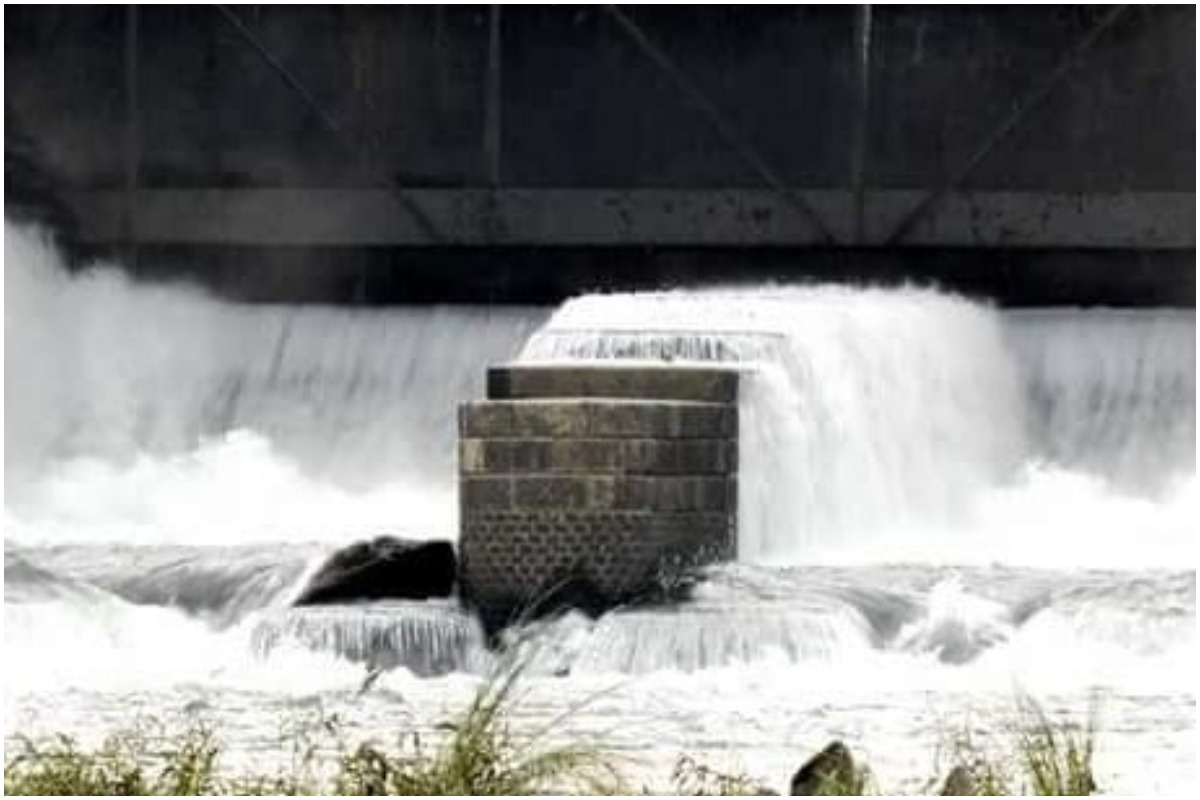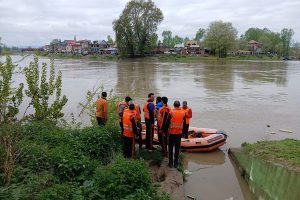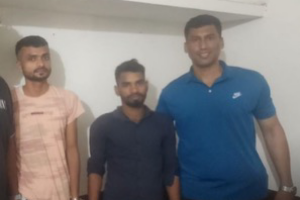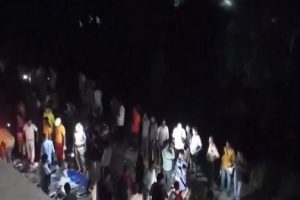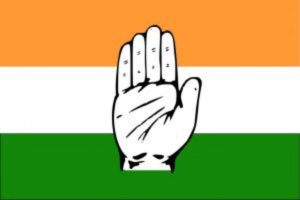The complete evacuation of 8000 acre-feet of the bulk water reserve of the Durgapur barrage to allow restoration work of the collapsed lock-gate No: 31, has left a number of power utilities on the upper catchment in an uncertain situation while farmers in the lower catchment are panicstricken, especially in apprehension of a repetition of 2017 disaster when the reinstatement had taken almost 96 hours.
Three major power generation units of the Damodar Valley Corporation in the right and left bank of the river, as the top officials claimed: “would be forced to come to a grinding halt if the river water is not back by next 48 hours.”
Probir Mukherjee, Member Secretary, DVC told The Statesman: “We are continuously in touch with the state Irrigation department as our power plants on both the banks may face a disastrous blackout if the river flow is not resumed within a couple of days.”
He said: “We have also told our power stations to furnish details of present water reserve in possession today.”
“The level at our captive reservoirs currently is at 107 metres and our pumps can draw water till the 105 metres bottom level. Currently, our seven units are in operation. If the river remains parched for more than two days, we would be forced to reduce our generation level gradually and if the situation persists further, we would have to stop generation completely,” said Nikhil Chowdhury, Chief Engineer, Mejia Thermal Power Station – the largest power utility in Eastern India, with a capacity to generate 2340 MW.
The Durgapur Steel Thermal Power Station ~ another DVC owned power utility at Andal with 1000 MW optimal generation capacity ~ requires 90,000 cubic metres of water from the river a day.
Mukherjee said: “There the water stock is a little better, I learnt.”
The Irrigation department, meanwhile, said that continued percolation of monsoon water in the upper catchment areas was causing problems in restoration work at the barrage.
Navin Prasad, Additional Chief Secretary of State, Irrigation, told The Statesman: “We are erecting ring barriers to divert incoming water towards other lock-gates to restrict water at the affected zone.” About the fate of power plants, he said: “We are trying our level best and expect to get the water flow restored by next 48 hours.”
The Durgapur barrage can accommodate 10.273 Million Cubic Metres of water, which has shrunk by 37 per cent due to continued siltation over the 65 years and needs immediate dredging but nothing has been done about this for over a decade. Despite this, the barrage had provided 2.70 lakh acre-feet of irrigation to the downstream districts last year during kharif cultivation, claimed Sanjay Singh, Executive Engineer, Damodar Headworks of the Irrigation department adding: “For this year’s Boro cultivation, we were yet to get the requisition from the districts.”

